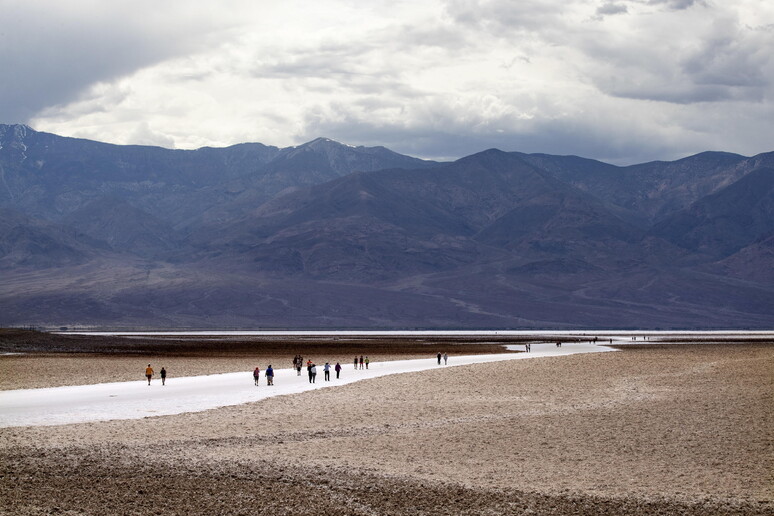Death Valley’s steep roads and extreme heat put vehicles to the test, as fires have become increasingly common. Last year alone, six trucks and an RV caught fire along CA-190, an essential but dangerous road through the world’s hottest national park. Authorities report an increase in accidents and fatalities due to climate change, driver unpreparedness and overheated brakes. “Every summer we record burning vehicles and injured or killed motorcyclists,” warns park superintendent Mike Reynolds.
Although Death Valley appears from a distance to be a flat, uniform plain, like a white expanse of salt under the sun, it is actually an uneven landscape, with peaks exceeding 9,000 feet. One of the most dangerous stretches is Towne Pass, along California State Route 190: a mountain road that connects Stovepipe Wells (10 feet above sea level) to Panamint Springs (1,800 feet), with a very steep incline. Here, many truckers and RV drivers are caught off guard, and their vehicles’ brakes, strained by the weight and slope, tend to overheat and start fires.
Although large rigs are not prohibited in the National Park, they are often discouraged. Drivers are advised to take the longer but safer detour on Highway 15, which involves about an extra hour of travel south.
As global temperatures rise, risks in Death Valley are likely to increase. This year, some parts of the park have already reached 100 °F in late March, the third earliest date for such a peak in more than 100 years.










